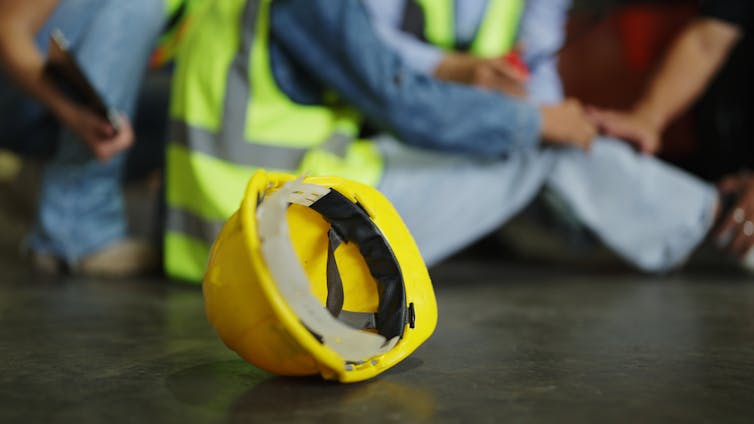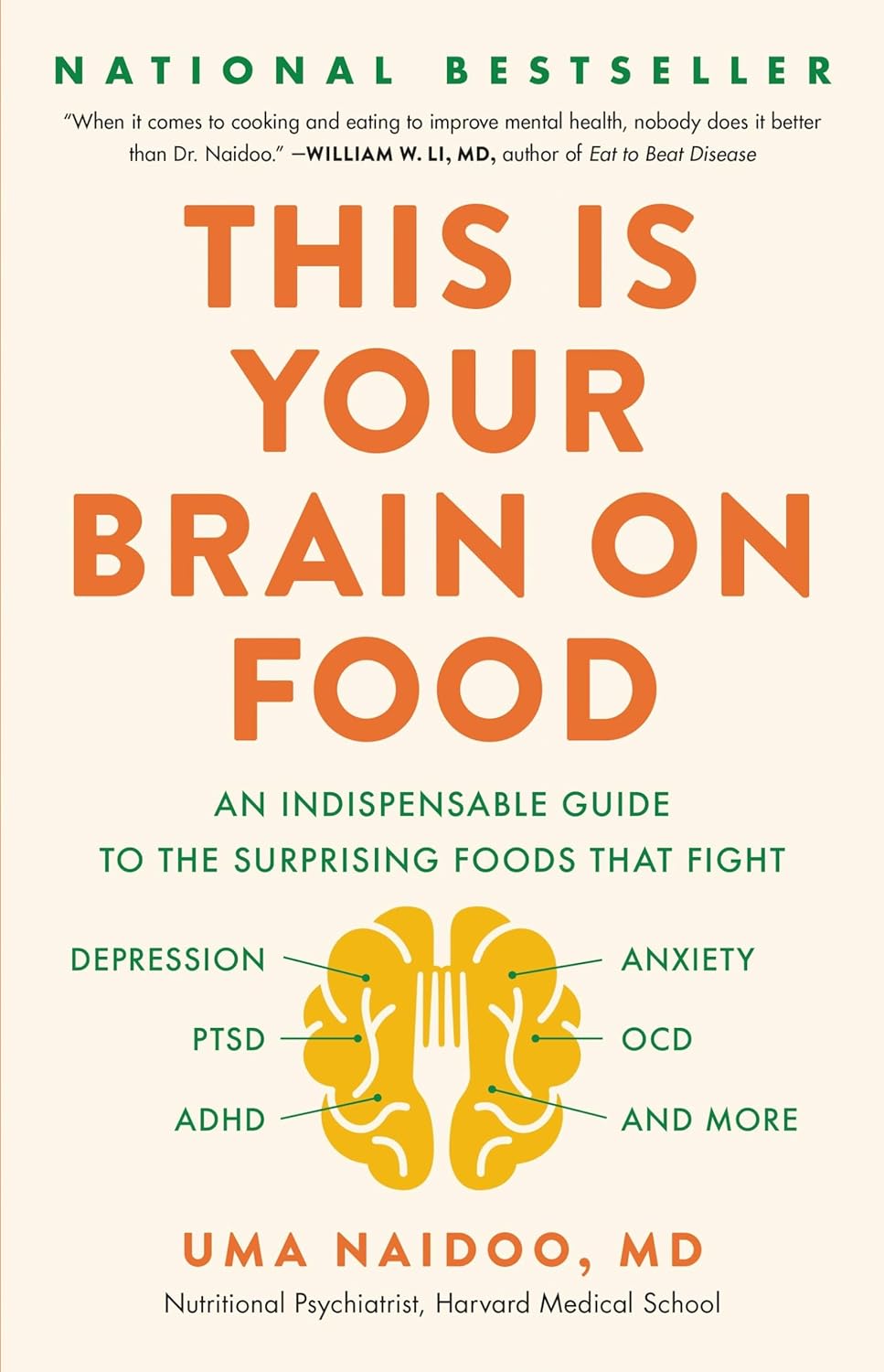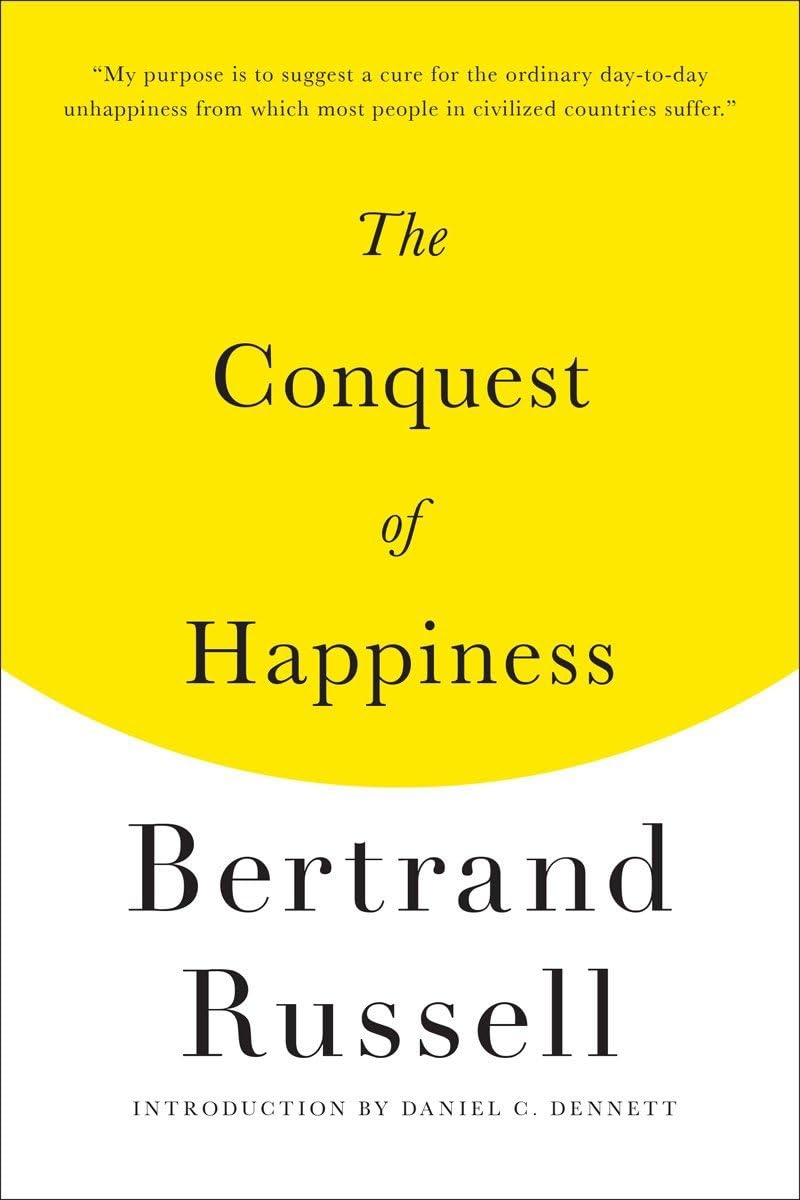
What is a virtual emergency department? And when should you ‘visit’ one?
10almonds is reader-supported. We may, at no cost to you, receive a portion of sales if you purchase a product through a link in this article.
For many Australians the emergency department (ED) is the physical and emblematic front door to accessing urgent health-care services.
But health-care services are evolving rapidly to meet the population’s changing needs. In recent years, we’ve seen growing use of telephone, video, and online health services, including the national healthdirect helpline, 13YARN (a crisis support service for First Nations people), state-funded lines like 13 HEALTH, and bulk-billed telehealth services, which have helped millions of Australians to access health care on demand and from home.
The ED is similarly expanding into new telehealth models to improve access to emergency medical care. Virtual EDs allow people to access the expertise of a hospital ED through their phone, computer or tablet.
All Australian states and the Northern Territory have some form of virtual ED at least in development, although not all of these services are available to the general public at this stage.
So what is a virtual ED, and when is it appropriate to consider using one?

How does a virtual ED work?
A virtual ED is set up to mirror the way you would enter the physical ED front door. First you provide some basic information to administration staff, then you are triaged by a nurse (this means they categorise the level of urgency of your case), then you see the ED doctor. Generally, this all takes place in a single video call.
In some instances, virtual ED clinicians may consult with other specialists such as neurologists, cardiologists or trauma experts to make clinical decisions.
A virtual ED is not suitable for managing medical emergencies which would require immediate resuscitation, or potentially serious chest pains, difficulty breathing or severe injuries.
A virtual ED is best suited to conditions that require immediate attention but are not life-threatening. These could include wounds, sprains, respiratory illnesses, allergic reactions, rashes, bites, pain, infections, minor burns, children with fevers, gastroenteritis, vertigo, high blood pressure, and many more.
People with these sorts of conditions and concerns may not be able to get in to see a GP straight away and may feel they need emergency advice, care or treatment.
When attending the ED, they can be subject to long wait times and delayed specialist attention because more serious cases are naturally prioritised. Attending a virtual ED may mean they’re seen by a doctor more quickly, and can begin any relevant treatment sooner.
From the perspective of the health-care system, virtual EDs are about redirecting unnecessary presentations away from physical EDs, helping them be ready to respond to emergencies. The virtual ED will not hesitate in directing callers to come into the physical ED if staff believe it is an emergency.
The doctor in the virtual ED may also direct the patient to a GP or other health professional, for example if their condition can’t be assessed visually, or if they need physical treatment.
The results so far
Virtual EDs have developed significantly over the past three years, predominantly driven by the COVID pandemic. We are now starting to slowly see assessments of these services.
A recent evaluation my colleagues and I did of Queensland’s Metro North Virtual ED found roughly 30% of calls were directed to the physical ED. This suggests 70% of the time, cases could be managed effectively by the virtual ED.
Preliminary data from a Victorian virtual ED indicates it curbed a similar rate of avoidable ED presentations – 72% of patients were successfully managed by the virtual ED alone. A study on the cost-effectiveness of another Victorian virtual ED suggested it has the potential to generate savings in health-care costs if it prevents physical ED visits.
Only 1.2% of people assessed in Queensland’s Metro North Virtual ED required unexpected hospital admission within 48 hours of being “discharged” from the virtual ED. None of these cases were life-threatening. This indicates the virtual ED is very safe.
The service experienced an average growth rate of 65% each month over a two-year evaluation period, highlighting increasing demand and confidence in the service. Surveys suggested clinicians also view the virtual ED positively.

What now?
We need further research into patient outcomes and satisfaction, as well as the demographics of those using virtual EDs, and how these measures compare to the physical ED across different triage categories.
There are also challenges associated with virtual EDs, including around technology (connection and skills among patients and health professionals), training (for health professionals) and the importance of maintaining security and privacy.
Nonetheless, these services have the potential to reduce congestion in physical EDs, and offer greater convenience for patients.
Eligibility differs between different programs, so if you want to use a virtual ED, you may need to check you are eligible in your jurisdiction. Most virtual EDs can be accessed online, and some have direct phone numbers.
Jaimon Kelly, Senior Research Fellow in Telehealth delivered health services, The University of Queensland
This article is republished from The Conversation under a Creative Commons license. Read the original article.
Don’t Forget…
Did you arrive here from our newsletter? Don’t forget to return to the email to continue learning!
Recommended
Learn to Age Gracefully
Join the 98k+ American women taking control of their health & aging with our 100% free (and fun!) daily emails:
-
This Is Your Brain on Food – by Dr. Uma Naidoo
10almonds is reader-supported. We may, at no cost to you, receive a portion of sales if you purchase a product through a link in this article.
“Diet will fix your brain” is a bold claim that often comes from wishful thinking and an optimistic place where anecdote is louder than evidence. But, diet does incontrovertibly also affect brain health. So, what does Dr. Naidoo bring to the table?
The author is a Harvard-trained psychiatrist, a professional chef who graduated with her culinary school’s most coveted award, and a trained-and-certified nutritionist. Between those three qualifications, it’s safe to she knows her stuff when it comes to the niche that is nutritional psychiatry. And it shows.
She takes us through the neurochemistry involved, what chemicals are consumed, made, affected, inhibited, upregulated, etc, what passes through the blood-brain barrier and what doesn’t, what part the gut really plays in its “second brain” role, and how we can leverage that—as well as mythbusting a lot of popular misconceptions about certain foods and moods.
There’s hard science in here, but presented in quite a pop-science way, making for a very light yet informative read.
Bottom line: if you’d like to better understand what your food is doing to your brain (and what it could be doing instead), then this is a top-tier book for you!
Click here to check out This Is Your Brain On Food, and get to know yours!
Share This Post
-
The Best Menopause Advice You Don’t Want To Hear About
10almonds is reader-supported. We may, at no cost to you, receive a portion of sales if you purchase a product through a link in this article.
Nutritionist and perimenopause coach Claudia Canu, whom we’ve featured before in our Expert Insights segment, has advice:
Here’s to good health
When it comes to alcohol, the advice is: don’t.
Or at least, cut back, and manage the effects by ensuring good hydration, having an “alcohol curfew” and so forth.
What’s the relation to menopause? Well, alcohol’s not good for anyone at any time of life, but there are some special considerations when it comes to alcohol and estrogenic hormonal health:
- The liver works hard to process the alcohol as a matter of urgency, delaying estrogen processing, which can increase the risk of breast and uterine cancer.
- Alcohol has no positive health effects and is also linked to higher risks of breast and colorectal cancer.
- Alcohol can also trigger some menopausal symptoms, such as night sweats and hot flashes. So, maybe reaching for that “cooling drink” isn’t the remedy it might seem.
- During menopause, the body becomes more insulin-resistant, making it more susceptible to blood sugar spikes caused by alcohol. Also not good.
Common reasons women turn to alcohol include stress, frustration, the need for reward, and social pressure, and all of these can be heightened when undergoing hormonal changes. Yet, alcohol will ultimately only worsen each of those things.
For more on the science of some of the above, plus tips on how to make positive changes with minimum discomfort, enjoy:
Click Here If The Embedded Video Doesn’t Load Automatically!
Want to learn more?
You might also like to read:
- How To Reduce Or Quit Alcohol
- How To Reduce The Harm Of Drinking (Without Abstaining)
- Where Nutrition Meets Habits! ← our “Expert Insights” spotlight on Canu
- How To Reduce Your Alzheimer’s Risk Early ← particularly important at this life stage
Take care!
Share This Post
-
Beet “Kvass” With Ginger
10almonds is reader-supported. We may, at no cost to you, receive a portion of sales if you purchase a product through a link in this article.
Kvass is a popular drink throughout Eastern Europe, with several countries claiming it, but the truth is, kvass is older than nations (as in: nations, in general, any of them; nation states are a newer concept than is often realized), and its first recorded appearance was in the city state of Kyiv.
This one is definitely not a traditional recipe, as kvass is usually made from rye, but keeping true to its Eastern European roots with (regionally popular) beetroot, it’s nevertheless a great fermented drink, full of probiotic benefits, and this time, with antioxidants too.
It’s a little saltier than most things we give recipes for here, so enjoy it on hot sunny days as a great way to replenish electrolytes!
You will need (for 1 quart / 1 liter)
- 2¾ cups filtered or spring water
- 2 beets, roughly chopped
- 1 tbsp chopped fresh ginger
- 2 tsp salt (do not omit or substitute)
Method
(we suggest you read everything at least once before doing anything)
1) Sterilize a 1-quart jar with boiling water (carefully please)
2) Put all the ingredients in the jar and stir until the salt dissolves
3) Close the lid tightly and store in a cool dark place to ferment for 2 weeks
4) Strain the beets and ginger (they are now pickled and can be enjoyed in a salad or as a kimchi-like snack), pouring the liquid into a clean jar/bottle. This can be kept in the fridge for up to a month. Next time you make it, if you use ¼ cup of this as a “starter” to replace an equal volume of water in the original recipe, the fermentation will take days instead of weeks.
5) Serve! Best served chilled, but without ice, on a hot sunny day.
Enjoy!
Want to learn more?
For those interested in some of the science of what we have going on today:
- Making Friends With Your Gut (You Can Thank Us Later)
- What To Eat, Take, And Do Before A Workout
- Ginger Does A Lot More Than You Think
Take care!
Share This Post
Related Posts
-
The Gym For Your Mental Health
10almonds is reader-supported. We may, at no cost to you, receive a portion of sales if you purchase a product through a link in this article.
Getting The Most Out Of Therapy
If you’ve never had therapy, what image do you have of it? Perhaps you imagine a bearded and bespectacled man in a suit, impassively making notes on a clipboard. Perhaps you imagine an empathetic woman, with tissues and camomile tea on standby.
The reality is: the experience of therapy can vary, a lot.
In its results, too! Sometimes we may try therapy and think “well that was a waste of time and money”. Sometimes we may try therapy and it’ll change our life.
So… Is there any way to make it less of a lottery?
First: knowledge is power
And while the therapist-client relationship certainly shouldn’t be a power struggle, you do want to be empowered.
So, read about different styles of therapy, and also, read some how-to guides for self-therapy. We’ve recommended some before in previous editions of 10almonds; you can check those books out here:
- How to Be Your Own Therapist: Boost your mood and reduce your anxiety in 10 minutes a day – by Owen O’Kane
- You Are the One You’ve Been Waiting For: Applying Internal Family Systems to Intimate Relationships – by Dr. Richard Schwartz
- DBT Made Simple: A Step-by-Step Guide to Dialectical Behavior Therapy – by Sheri van Dijk
- How to Do the Work: Recognize Your Patterns, Heal from Your Past, and Create Your Self – by Dr. Nicole LaPera
This will serve two purposes:
- You’ll know what to expect out of a therapist
- You can more efficiently “get to work” in therapy
It also, of course, could help you already, without even going to therapy!
Second: begin with the end in mind
A person who does not know what they want to get out of therapy, will likely not get much out of therapy. Or rather, their first task will be to figure that out. So, figure it out in advance, if you can.
Maybe you have a problem that has a specific name, for example poor self-esteem, anxiety, stress, depression, trauma, neuroticism, phobia, etc.
This isn’t Alcoholics Anonymous, and in this case you don’t want a lifetime of “Hello, my name is ______ and I have ______”, if you can help it.
So, what do you want?
- Maybe you want to be able to go to social events without feeling anxious
- Maybe you want your relationship(s) to be more secure and fulfilling
- Maybe you want to no longer have nightmares about that traumatic thing
- Maybe you want to be able to greet each day’s tasks with confidence and without overwhelm
…etc.
A good therapist will help you to set such goals (if you haven’t already), and attain them.
If you’re going the self-therapy route, then this is your job now!
It will probably start with the question: imagine that everything currently troubling you is now healed.
What would that look like, to you?
Third: get a good match for you
Unless you are going entirely the self-therapy route (which can work for some), you will want a therapist who’s a good match for you.
It may take a degree of “suck it and see” trial runs before you find the right one, but that takes time and money, so you’ll want to streamline the process as much as you can. If you do this well, you may be able to find a good therapist for you first time.
For this, personal recommendations (such as from friends) may help more than exmaining academic and institutional affiliations.
Yes, you want a well-qualified therapist who is a member in good standing of a respectable regulated body… but whether your therapist is easy for you to “get on with” will matter at least as much as whether their approach is psychodynamic, or 4th wave CBT, or IFS, or whatever seems popular in your time and place.
Bear in mind:
- Some therapists are specialized in helping with some kinds of things and not others. It will obviously help if the therapist you choose is specialized in the thing you are seeking help for.
- Some therapists may be able to relate to you better (or not), based on simple factors of who they are. To this end, while your therapist certainly doesn’t have to be a mirror image of you, factors like age, gender, race, etc can be relevant and may be worth considering, depending on what you are seeking help with, and what factors impact that thing.
Prefer keeping things to yourself?
Therapy isn’t for everyone, but having a good relationship with oneself definitely is. You might want to invest in one of the books whose reviews we linked above, and you might also get value from previous Psychology Sunday articles, which you can find in our archive (every seventh edition here has a Psychology Sunday main feature):
Click Here To Check Out The 10almonds Archive
To borrow the catchphrase of Dr. Kirk Honda (a therapist and therapy educator with decades of experience):
❝Take care of yourself, because you deserve it; you really, really do.❞
Don’t Forget…
Did you arrive here from our newsletter? Don’t forget to return to the email to continue learning!
Learn to Age Gracefully
Join the 98k+ American women taking control of their health & aging with our 100% free (and fun!) daily emails:
-
Basic Baked Tofu
10almonds is reader-supported. We may, at no cost to you, receive a portion of sales if you purchase a product through a link in this article.
One of the main criticisms of tofu is that it is tasteless. Well, so is flour, but you’re not supposed to eat it plain, and the same goes for tofu. It’s a blank canvas that you get to decide what to do with—not to mention, it’s a canvas that’s very high in protein, and is a complete protein too, containing all essential amino acids. Anyway, here’s a starter recipe that elevates tofu from “nutrition” to “nutritious tasty snack”!
We were going to do a fancier recipe today, but considered that it might be judicious to cover this basic element first, that can be incorporated into a larger recipe later, a bit like we have done with recipes such as our Tasty Versatile Rice, and Plant-Based Healthy Cream Cheese (amongst others).
You will need
- 1 block of extra-firm tofu; these are quite standardized in size; it should be about 12oz; don’t worry if it’s a little more or less.
- 2 tbsp arrowroot powder (or potato starch if you don’t have arrowroot)
- 1½ tbsp extra virgin olive oil
- 1 tbsp nutritional yeast
- 1 tsp black pepper
- ½ tsp MSG or 1 tsp low-sodium salt
- Optional: ½ tsp garlic powder
- Optional: ½ tsp ground turmeric
Method
(we suggest you read everything at least once before doing anything)
1) Preheat the oven to 425ºF / 220ºC.
2) Press the tofu for about 15 minutes (to remove excess moisture), using a tofu press if you have one. If you don’t, then here is an example product on Amazon, or alternatively, you can go with the time-honored tradition of cutting the tofu lengthways into slabs, and wrapping it in a lint-free kitchen towel or muslin cloth, and pressing it with heavy books. We don’t recommend pressing for more than about 15 minutes, as you are going to bake the tofu so you don’t want it too dry going in.
3) Cut the tofu into cubes. Size is up to you, but half-inch cubes are very respectable.
4) Combine the tofu cubes in a big bowl with the oil and seasonings, including the nutritional yeast but not the arrowroot powder or potato starch yet. You will need to toss them gently (very gently; they are fragile!) to combine.
5) Add the arrowroot powder or potato starch, and again toss gently to combine. We do this last, because it would stop the other things from sticking properly if we did it earlier.
6) Arrange the tofu on a baking tray lined with baking paper, in a single layer so that the cubes don’t touch. Bake for 15 minutes, turn them over, and bake for a further 15 minutes on the other side. They should now be golden and crisp, but if they’re not, just give them a little more time.
7) Serve as a snack, or set aside for whatever else you’re going to do with them in a larger more complex recipe.
Enjoy!
Want to learn more?
For those interested in some of the science of what we have going on today:
- Tofu vs Seitan – Which is Healthier?
- Plant vs Animal Protein: Head to Head
- Our Top 5 Spices: How Much Is Enough For Benefits?
Take care!
Don’t Forget…
Did you arrive here from our newsletter? Don’t forget to return to the email to continue learning!
Learn to Age Gracefully
Join the 98k+ American women taking control of their health & aging with our 100% free (and fun!) daily emails:
-
The Conquest of Happiness – by Bertrand Russell
10almonds is reader-supported. We may, at no cost to you, receive a portion of sales if you purchase a product through a link in this article.
When we have all our physical needs taken care of, why are we often still not happy, and what can we do about that?
Mathematician, philosopher, and Nobel prizewinner Bertrand Russell has answers. And, unlike many of “the great philosophers”, his writing style is very clear and accessible.
His ideas are simple and practical, yet practised by few. Rather than taking a “be happy with whatever you have” approach, he does argue that we should strive to find more happiness in some areas and ways—and lays out guidelines for doing so.
Areas to expand, areas to pull back on, areas to walk a “virtuous mean”. Things to be optimistic about; things to not get our hopes up about.
Applying Russell’s model, there’s no more “should I…?” moments of wondering which way to jump.
Bottom line: if you’ve heard enough about “how to be happy” from wishy-washier sources, you might find the work of this famous logician refreshing.
Click here to check out The Conquest of Happiness, and see how much happier you might become!
Don’t Forget…
Did you arrive here from our newsletter? Don’t forget to return to the email to continue learning!
Learn to Age Gracefully
Join the 98k+ American women taking control of their health & aging with our 100% free (and fun!) daily emails:









